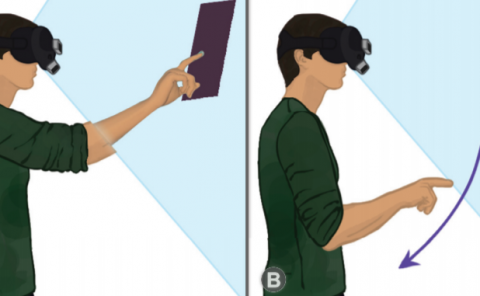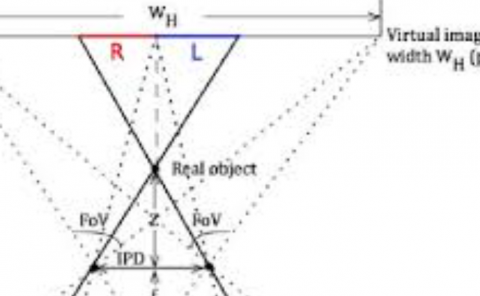A Perceptual Color-Matching Method for Examining Color Blending in Augmented Reality Head-Up Display Graphics
PubDate: December 2020
Teams: Virginia Tech;Oakland University;University of Nottingham
Writers: Joseph L. Gabbard; Missie Smith; Coleman Merenda; Gary Burnett; David R. Large

Abstract
Augmented reality (AR) offers new ways to visualize information on-the-go. As noted in related work, AR graphics presented via optical see-through AR displays are particularly prone to color blending, whereby intended graphic colors may be perceptually altered by real-world backgrounds, ultimately degrading usability. This work adds to this body of knowledge by presenting a methodology for assessing AR interface color robustness, as quantitatively measured via shifts in the CIE color space, and qualitatively assessed in terms of users’ perceived color name. We conducted a human factors study where twelve participants examined eight AR colors atop three real-world backgrounds as viewed through an in-vehicle AR head-up display (HUD); a type of optical see-through display used to project driving-related information atop the forward-looking road scene. Participants completed visual search tasks, matched the perceived AR HUD color against the WCS color palette, and verbally named the perceived color. We present analysis that suggests blue, green, and yellow AR colors are relatively robust, while red and brown are not, and discuss the impact of chromaticity shift and dispersion on outdoor AR interface design. While this work presents a case study in transportation, the methodology is applicable to a wide range of AR displays in many application domains and settings.



